YOTA 2018: Day 3
Balloon Launch at Secunda
Today was one of the highlights of the week, apart from the horribly cold weather and early start!
We woke up at the very early time of 4:00am and stumbled onto the bus for 4:30am. The early morning was not helped by the freezing temperatures outside, but we all went in good spirits since we knew that the balloon launch would be something we would never forget!
The bus drove us to Secunda and the cold start was completely worth it as we got to see the sun rise as we got off the bus. A truly amazing sight in South Africa, where there wasn’t a cloud in the sky to block the suns glow.
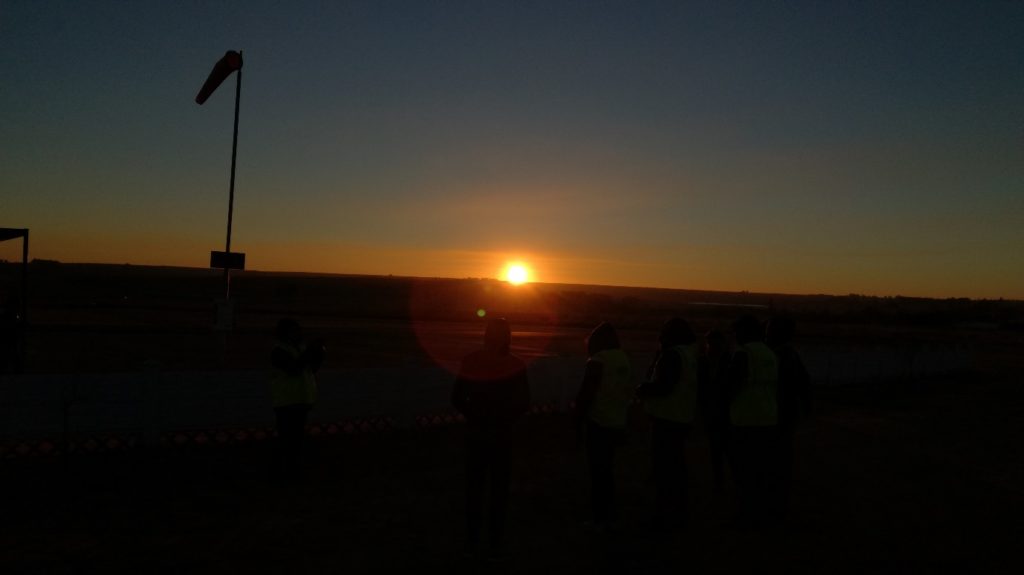
As mentioned in the Day 2 blog, there were some necessary fixes to be made to our payload before we could send it up with the balloon. Some of these fixes included a broken pressure sensor and a switch which had been superglued to the ‘off’ position, but that was a story in itself!
These problems were not aided by the fact the laptop Peter used to program the PICAXE microcontroller decided to stop working due to a battery issue from the cold! Nevertheless, all these fixes were achieved, and the payload was soon ready for launch.
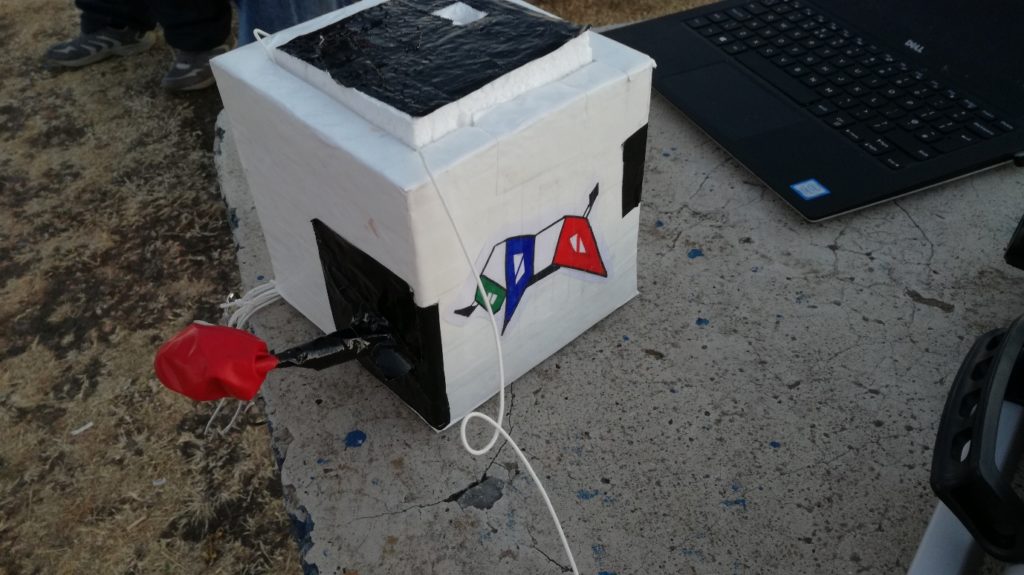
The next challenge was in the hands of the South African organisers, who had to inflate the balloon with hydrogen, something which was easier said than done due to the winds which picked up mid-way through filling up the balloon. There was a lot of pushing and trying to control the balloon, as it was blown around in the wind. Everyone who was watching was waiting for the balloon to blow away or blow up. Unfortunately for the crowd watching, neither of these happened and the balloon was filled successfully.
The payloads were all joined using some string and key-loops to allow a secure, yet easy to attach method for linking together the payloads. This proved to be a very efficient way of attaching the payloads and worked well. These were then connected to the balloon, and all was set for launch.
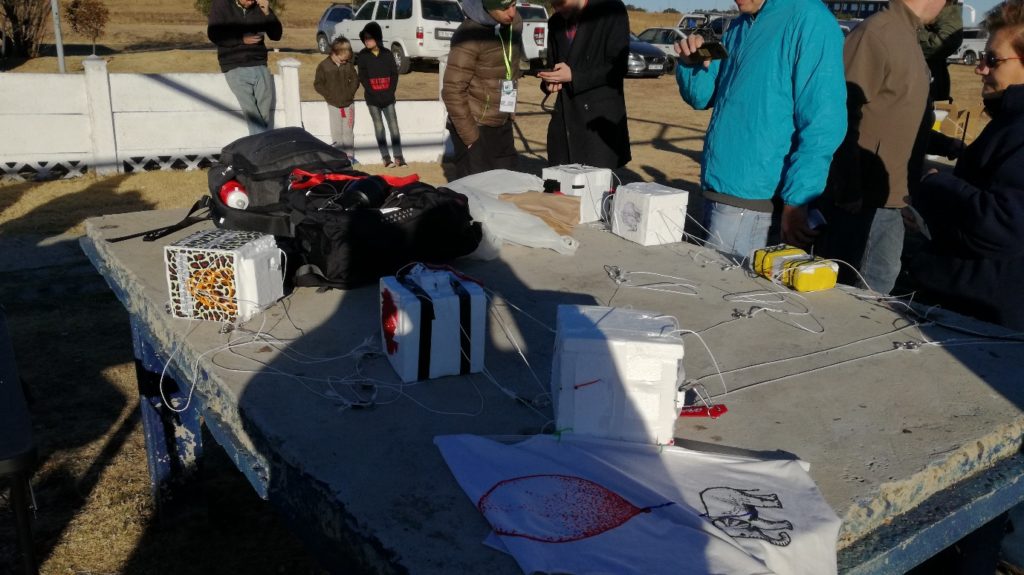
The balloon was released, and it flew away. Now the tracking and operating could begin! Not everything went smoothly for the balloon, but we were told we had achieved something which normally takes 6 months of preparation in 2 days.
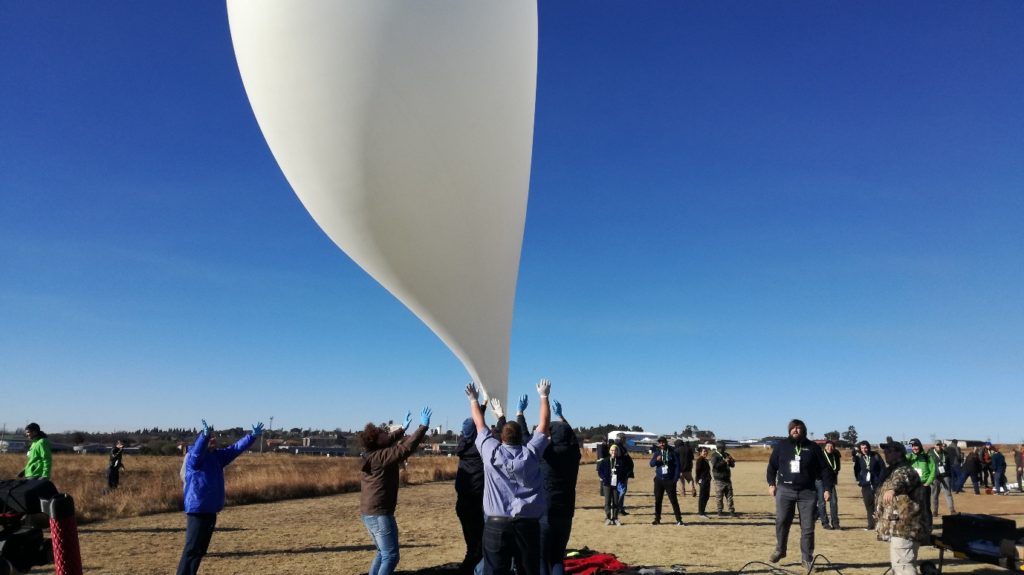
After many hours of tracking (using the yagis we made) and trying to get contacts through the onboard cross band repeater, the balloon hit the ground and it was then in the hands of the recovery team to use APRS to retrieve the payloads and bring it back.
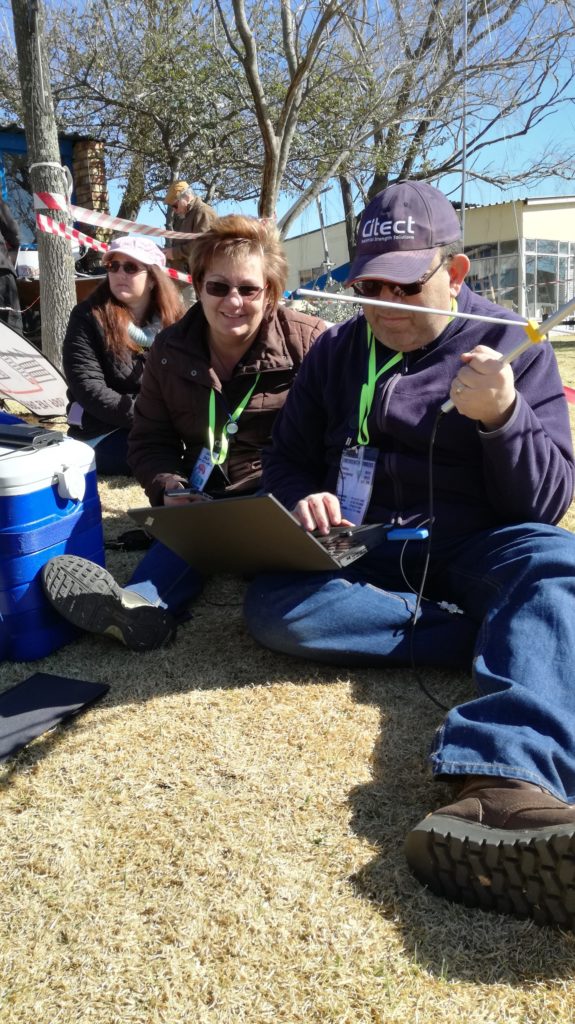
Rapid Deployment Amateur Radio (RaDAR)
While the recovery team was busy, we had a talk about RaDAR, which was great fun, and I (no longer 2I0NTP, now MI0NPR) made my first contact using my new callsign in South Africa, something which I will personally never forget, big thanks to Eddie, ZS6BNE, for making it possible.
During the RaDAR demonstration, we were shown how easy it is to set up portable HF stations, using some simple pieces of kit, such as a linked dipole or even end fed wire. We were shown some of the best ways to set up these antennas to get the most out of them, while keeping setup times to a minimum so operating time could be maximised.
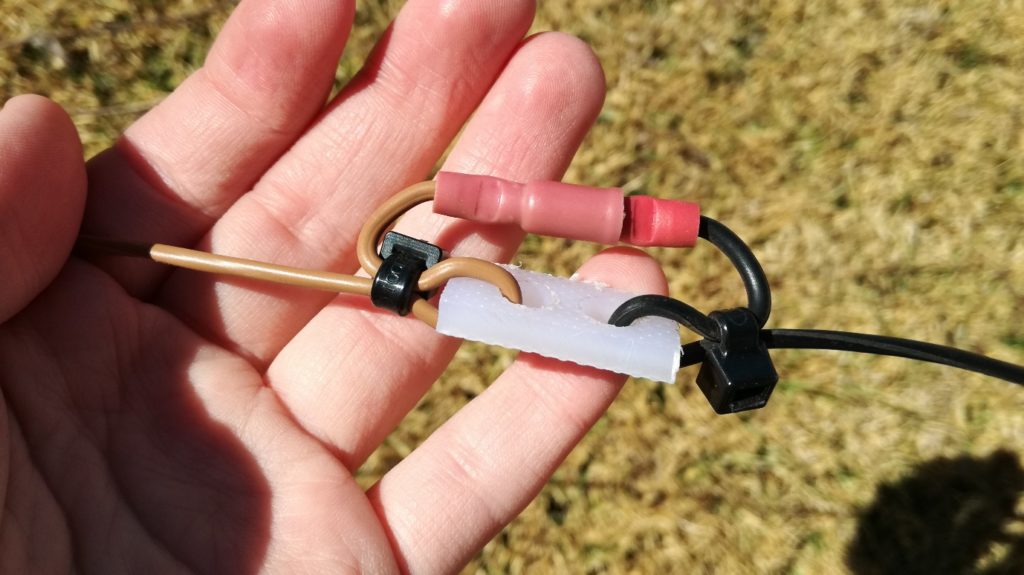
Data Analysis and Presentations
Once the payloads were safely returned, we had to download the data which the payloads had recorded and interpret the data into some usable graphs for the presentation. This was again easier said than done, but we managed to get some usable data, and all the teams gave a presentation on the data which they had collected. It was interesting to see how all the teams used their data in interactive ways to give us an idea of the conditions near outer space.
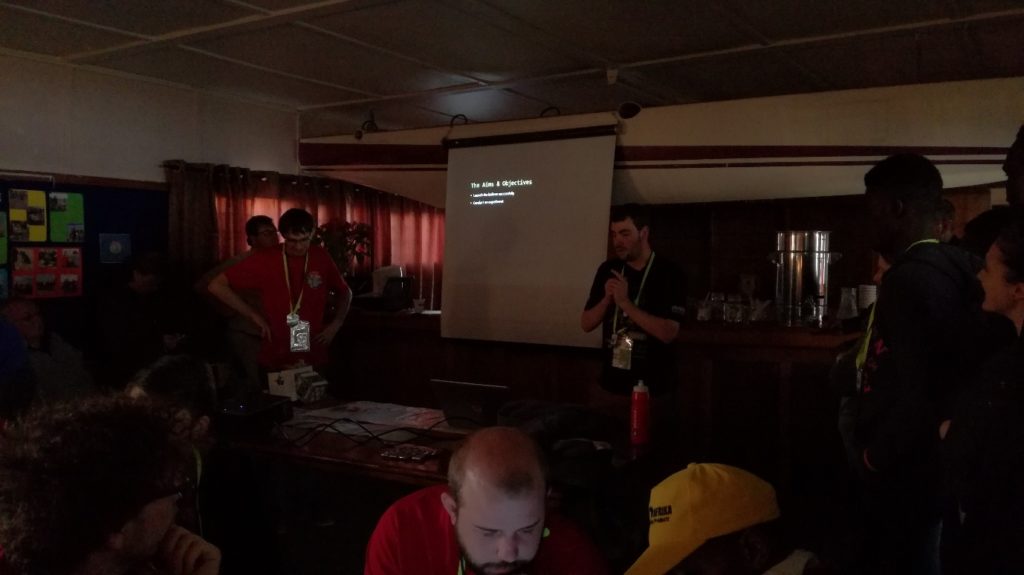
The presentations marked the end of our third day, and we took the bus back to Kopanong, where the day ended in the same way as it had begun, with most of the people on the bus sound asleep.
73
Nathan, MI0NPR
Team UK: YOTA 2018
Peter MØSWN, Mike 2EØMLJ, Ben MØNBA and Nathan MIØNPR
Category: YOTA 2018











